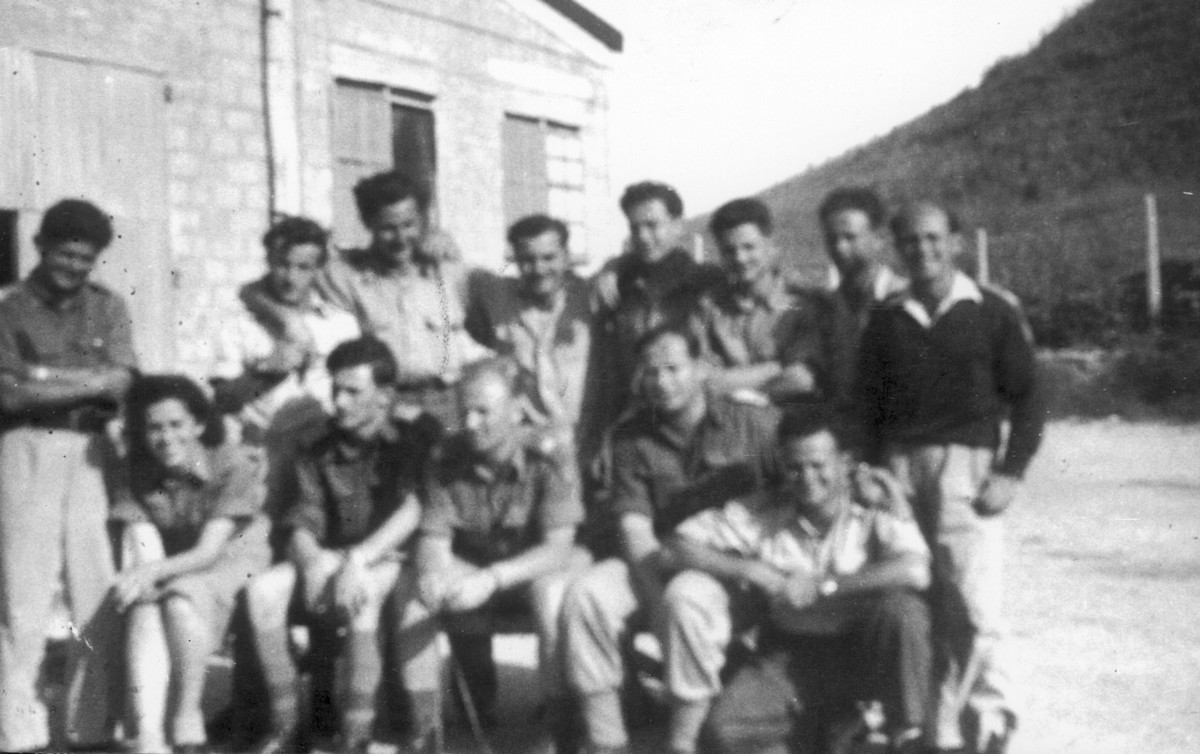The infiltration through the Negev separation strip routes
'Negev' Brigade scouts discovered that the siege mainly included the cutting off of the traffic routes and there for companies going on leave and reinforcements of officer courses graduates could infiltrate the routes on foot.
An access route similar to the 1948 convoy route was inaugurated as soon as the road to the Negev was blocked. On the night of the 15th of June, 5 days after the beginning of the siege, 2nd Battalion scouts found a way to infiltrate Negba. The route began in Kawkaba, crossing the Majdal- Faluja road 750 m west of the Iraq-Swidan police station and moving on to Negba- about 4 km on foot.
The route was used in order to send companies on leave during cease fire, and to replace the 'Negev' Brigade with the 'Yiftah' Brigade. Scout units led the foot convoys from Negba and Kawkaba. The men were transported back and forth from Tel-Aviv to Negba and from Kawkaba to Dorot and Ruhama by buses, the convoys sometimes numbered up to 100 people.
Convoy Escourt was transferred from 2nd Battalion scouts to the 7th Battalion, after Kawkaba was occupied by the Egyptians during the second cease fire. The convoys left Negba for the western no.130 7th Battalion post located in the north of the Negev, which lengthened the route by 4 km. In August, 1948, 'Yiftah' Brigade used the the separation strip routes in order to replace the 'Negev' Brigade. The convoys enabled thousands of people to infiltrate the
The route was used in order to send companies on leave during cease fire, and to replace the 'Negev' Brigade with the 'Yiftah' Brigade. Scout units led the foot convoys from Negba and Kawkaba. The men were transported back and forth from Tel-Aviv to Negba and from Kawkaba to Dorot and Ruhama by buses, the convoys sometimes numbered up to 100 people.
Convoy Escourt was transferred from 2nd Battalion scouts to the 7th Battalion, after Kawkaba was occupied by the Egyptians during the second cease fire. The convoys left Negba for the western no.130 7th Battalion post located in the north of the Negev, which lengthened the route by 4 km. In August, 1948, 'Yiftah' Brigade used the the separation strip routes in order to replace the 'Negev' Brigade. The convoys enabled thousands of people to infiltrate the


